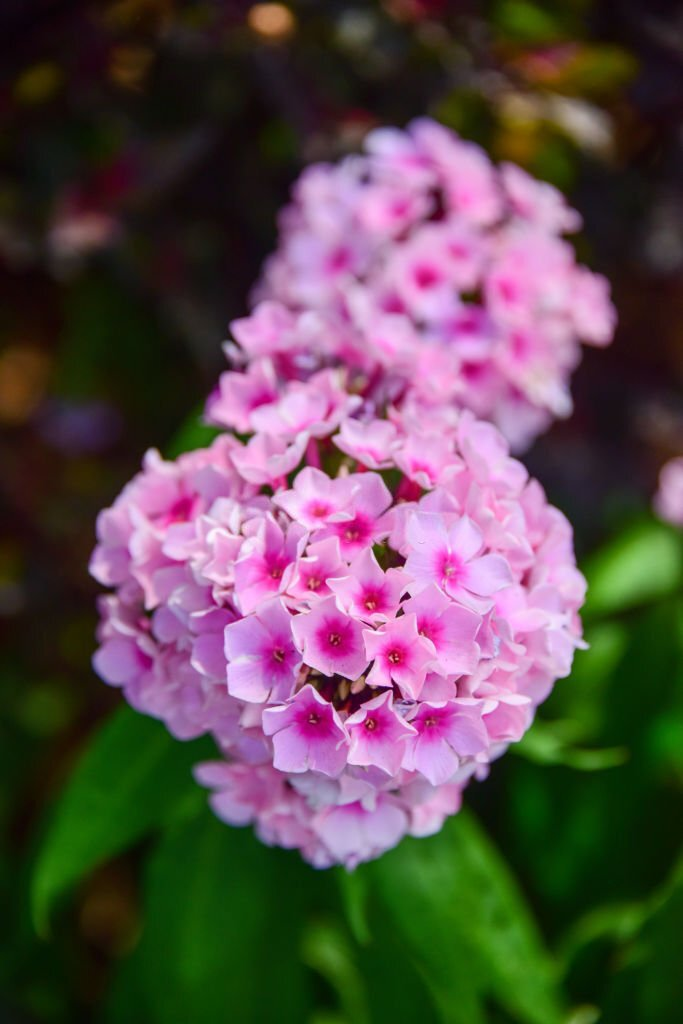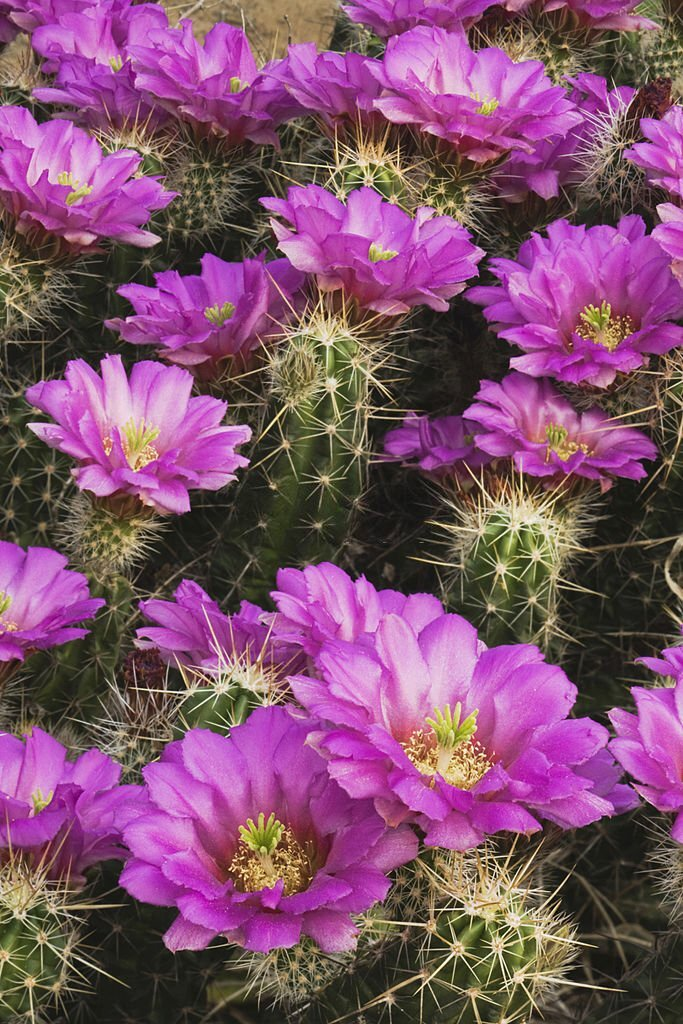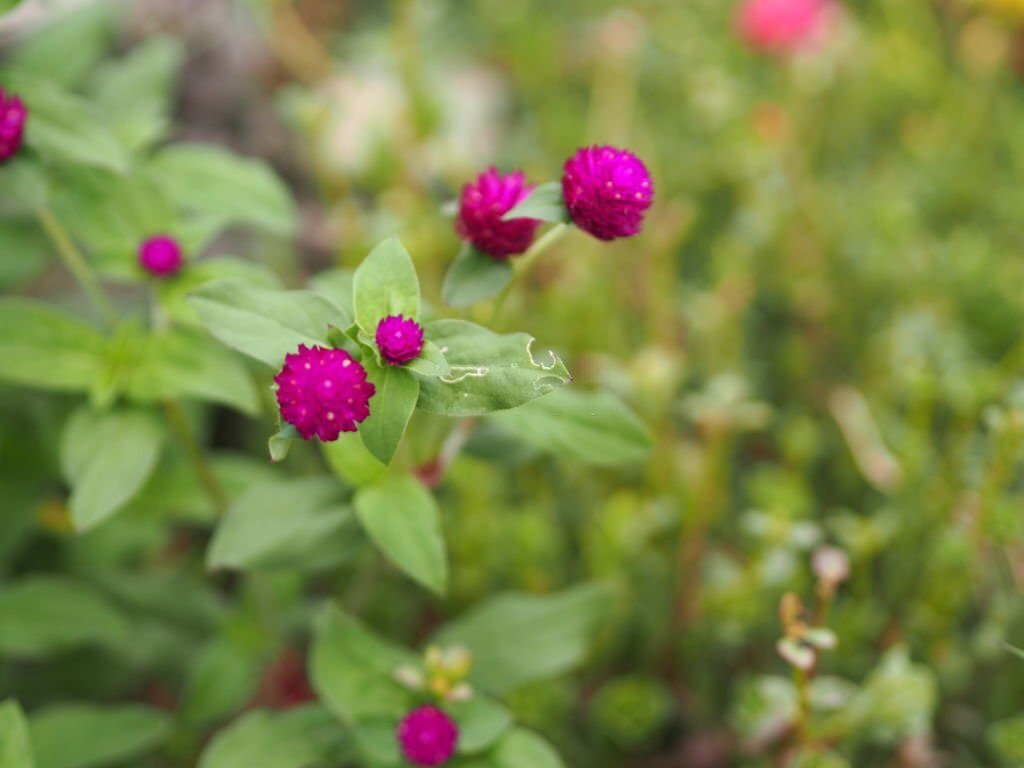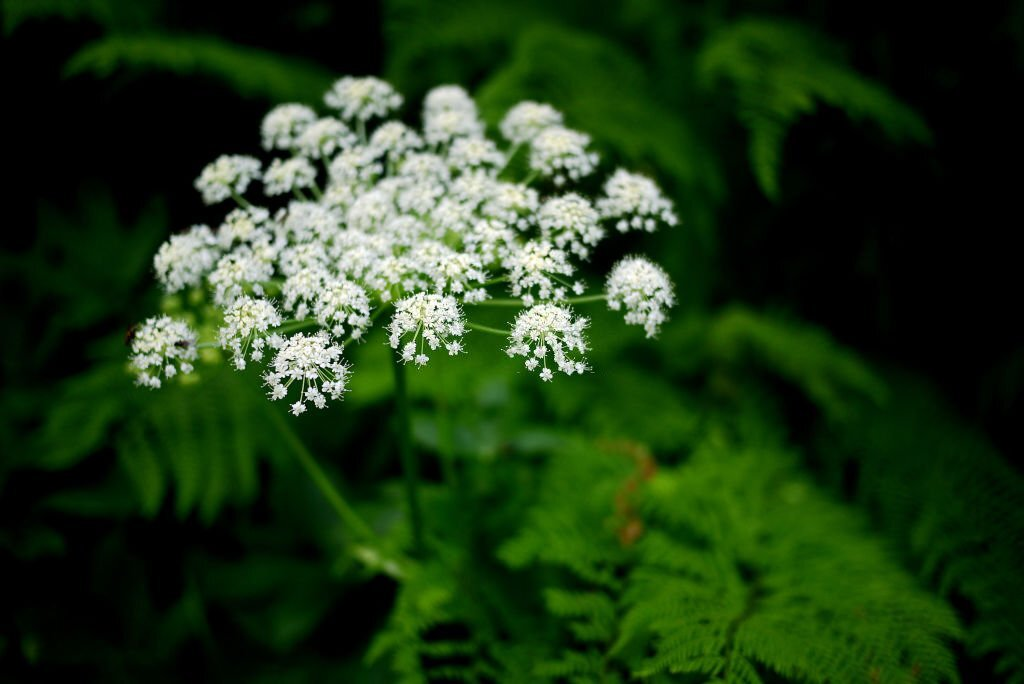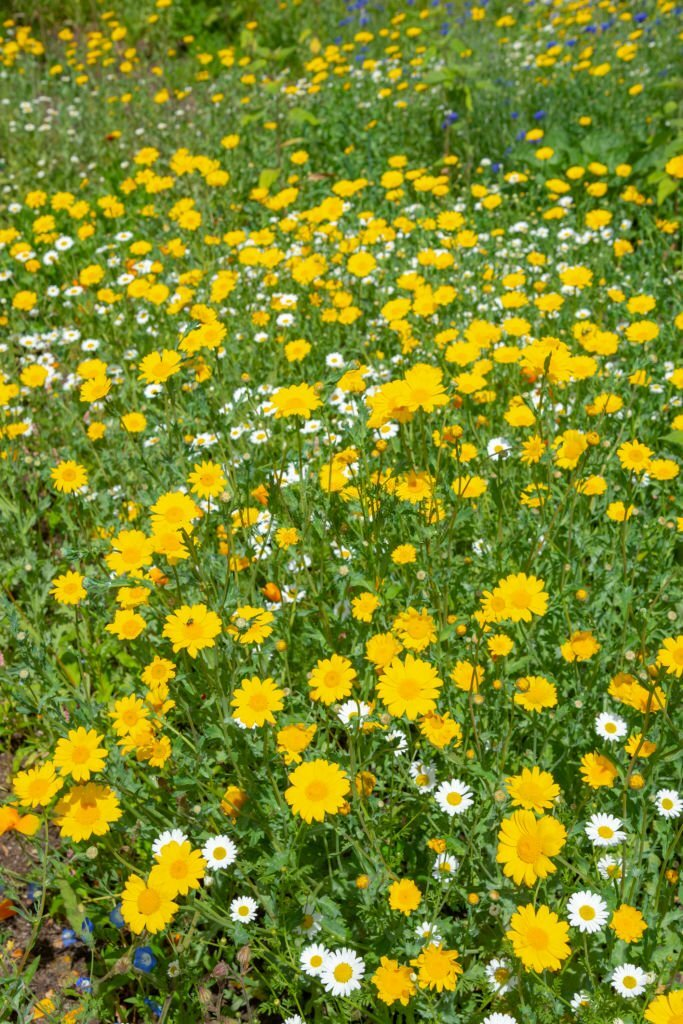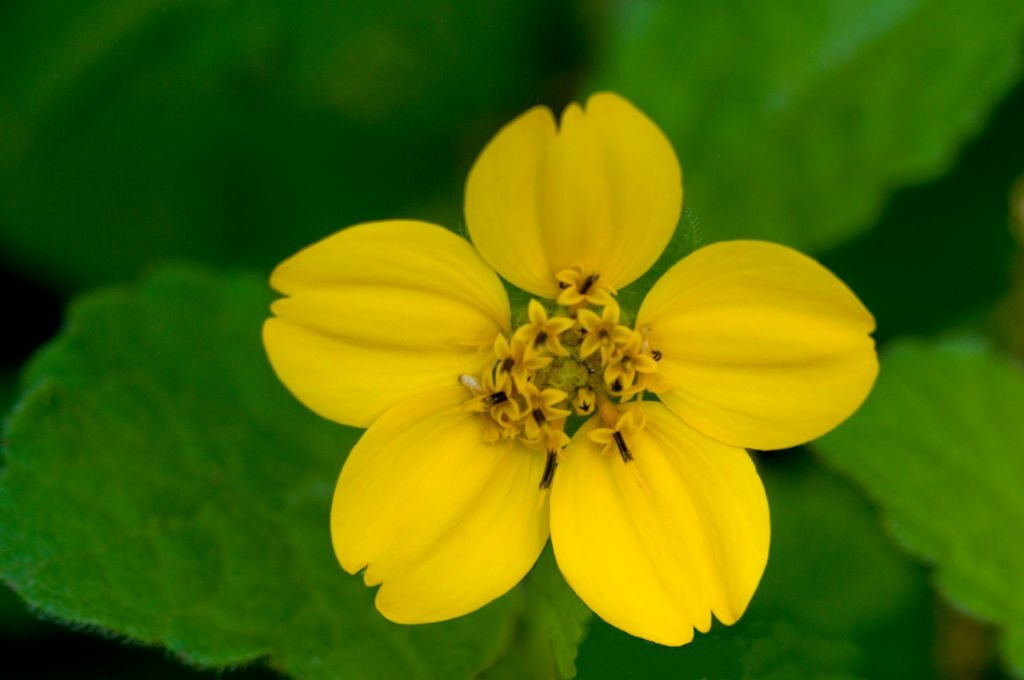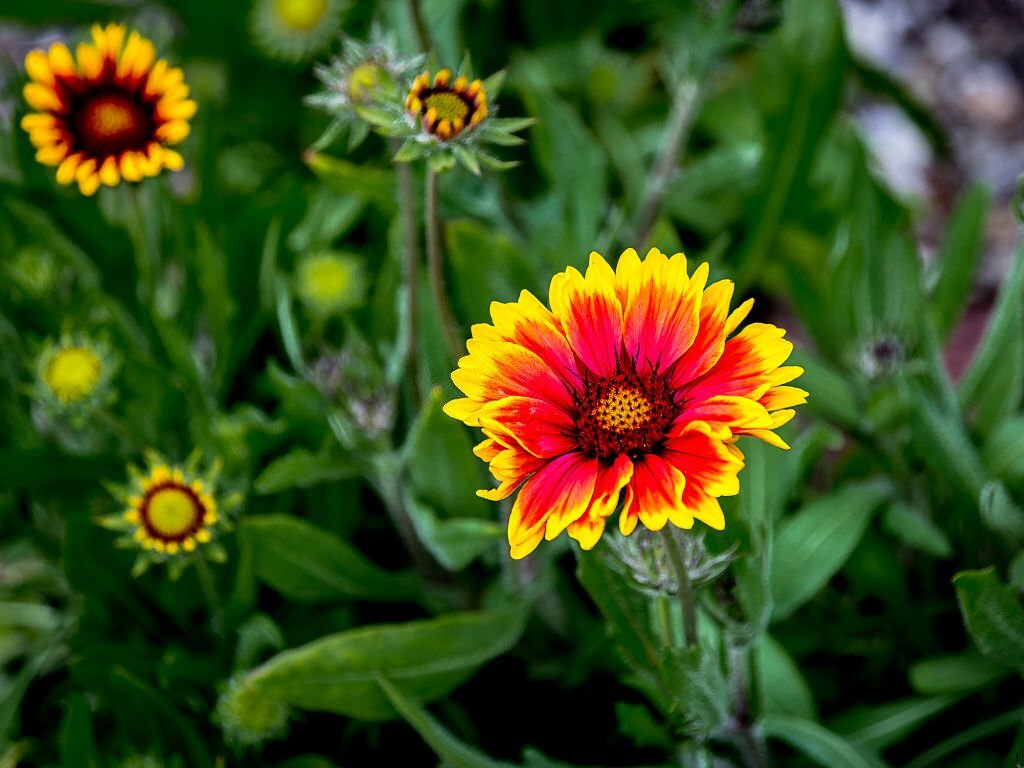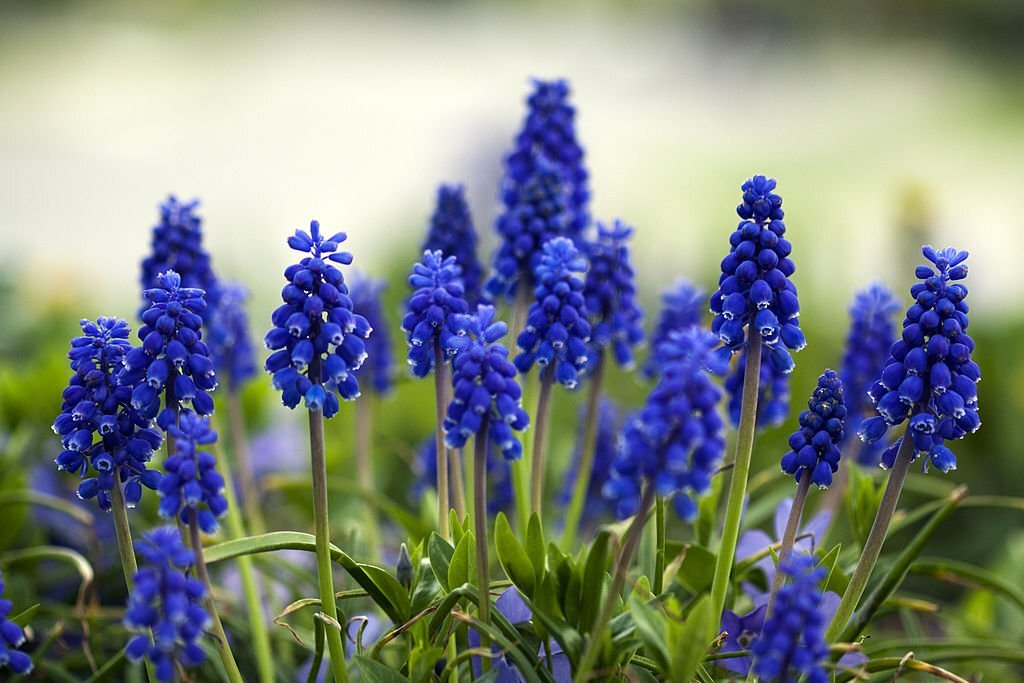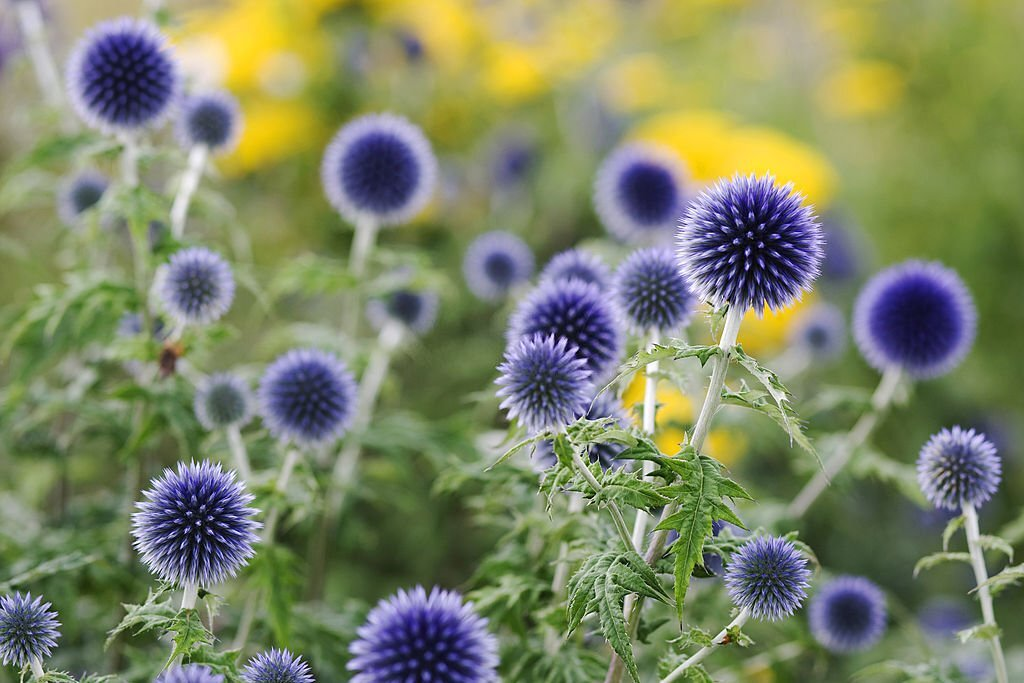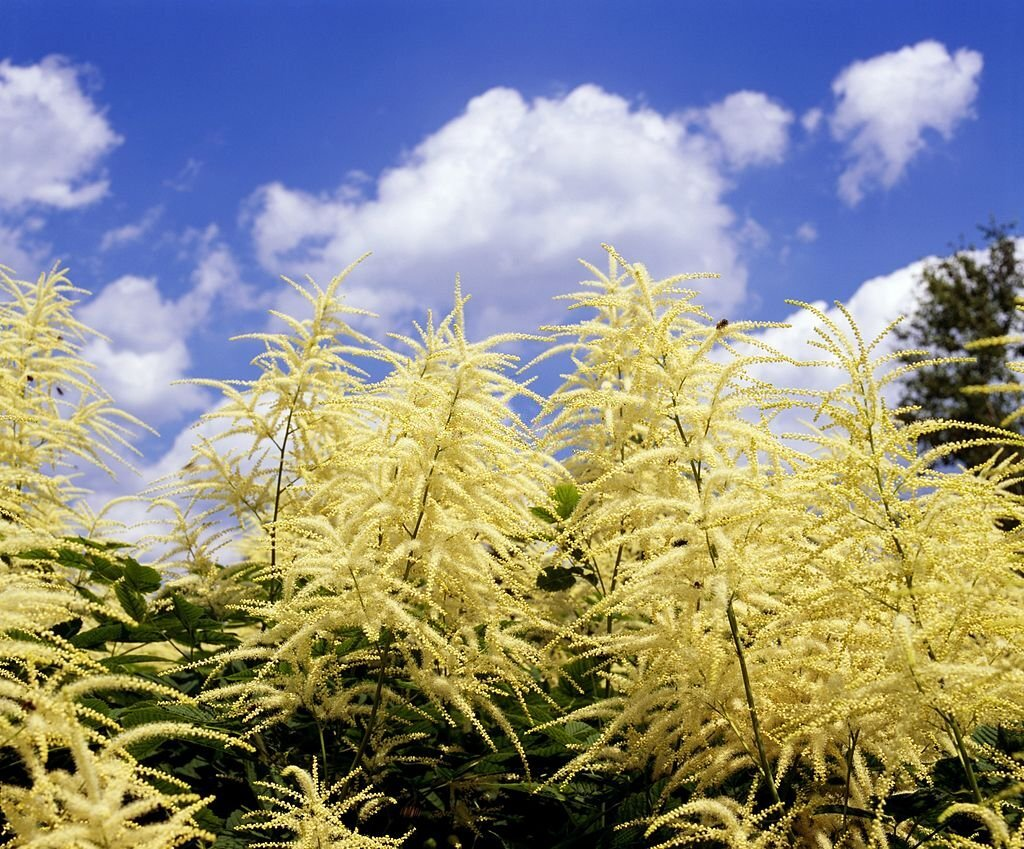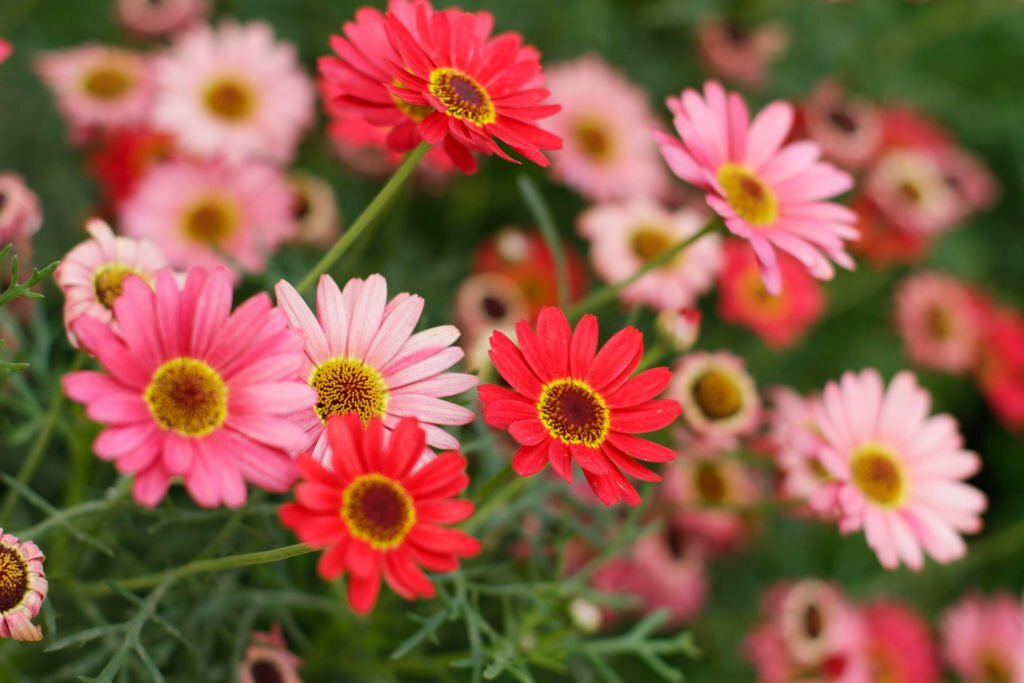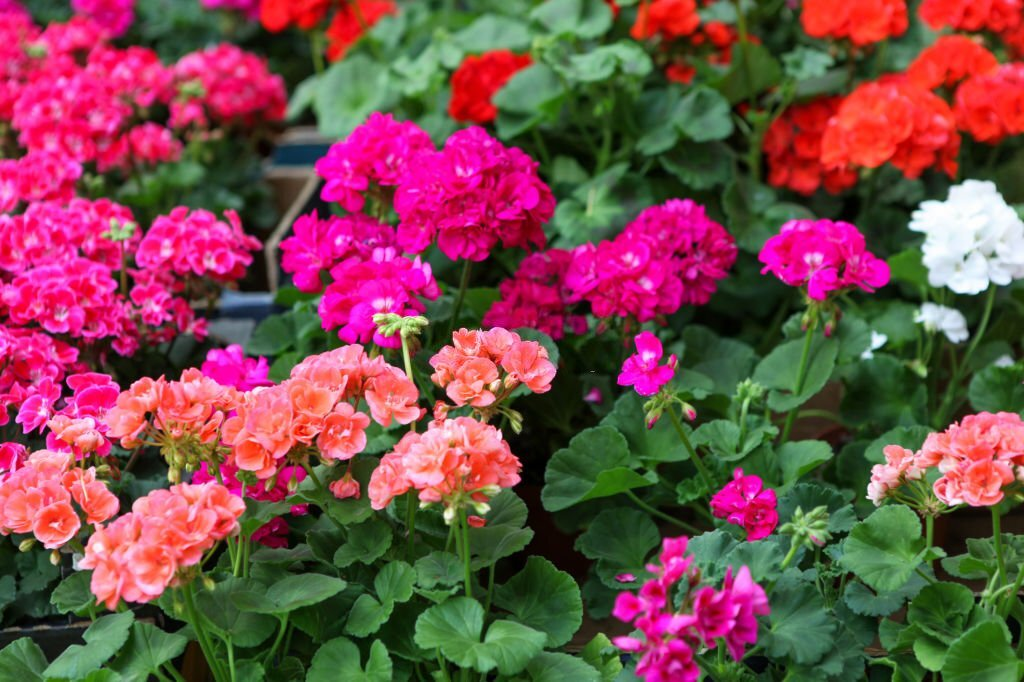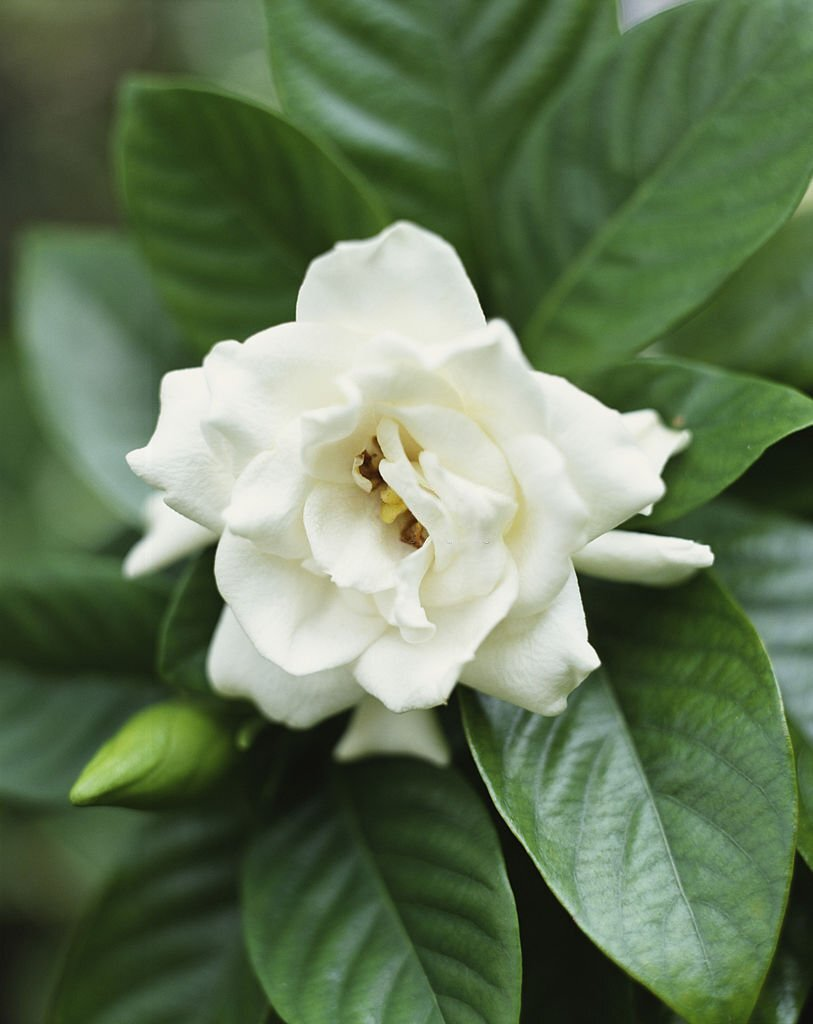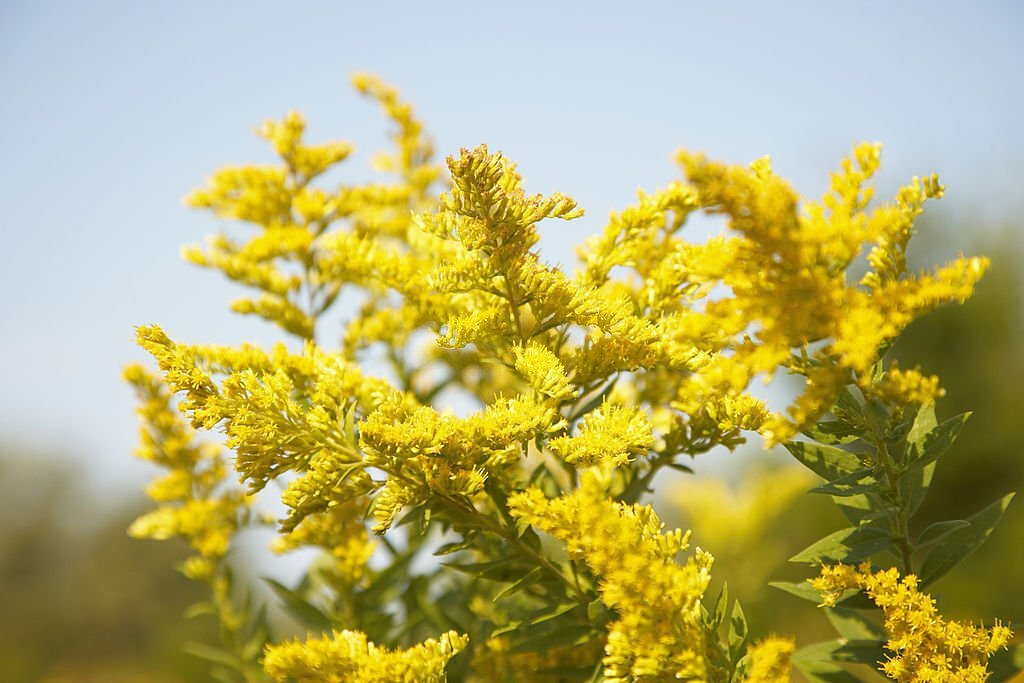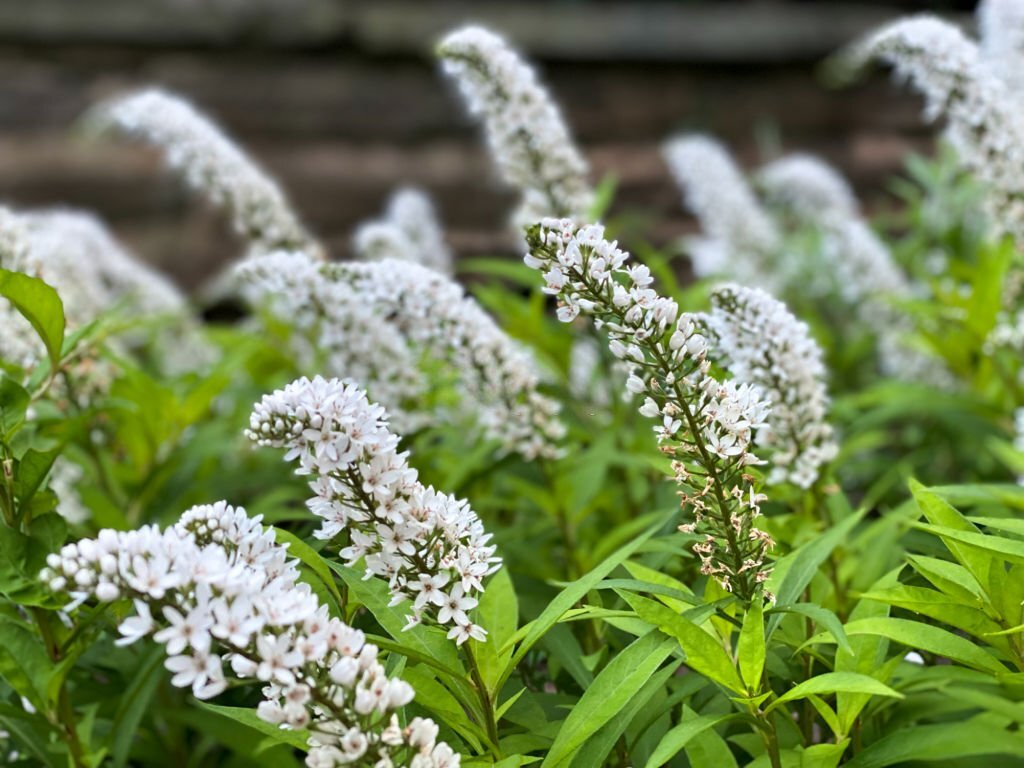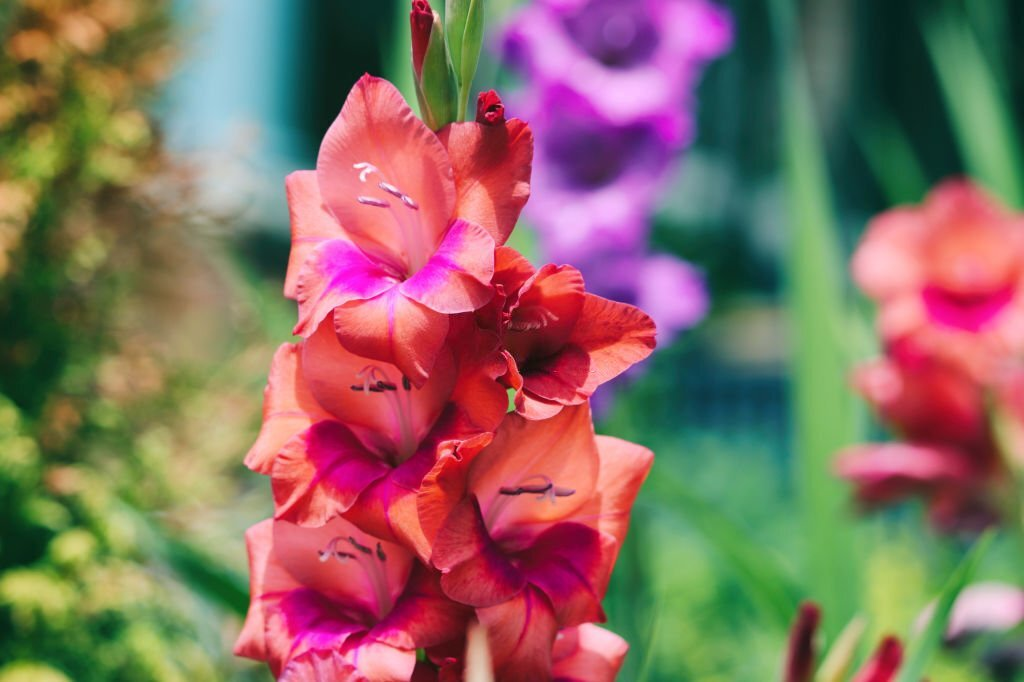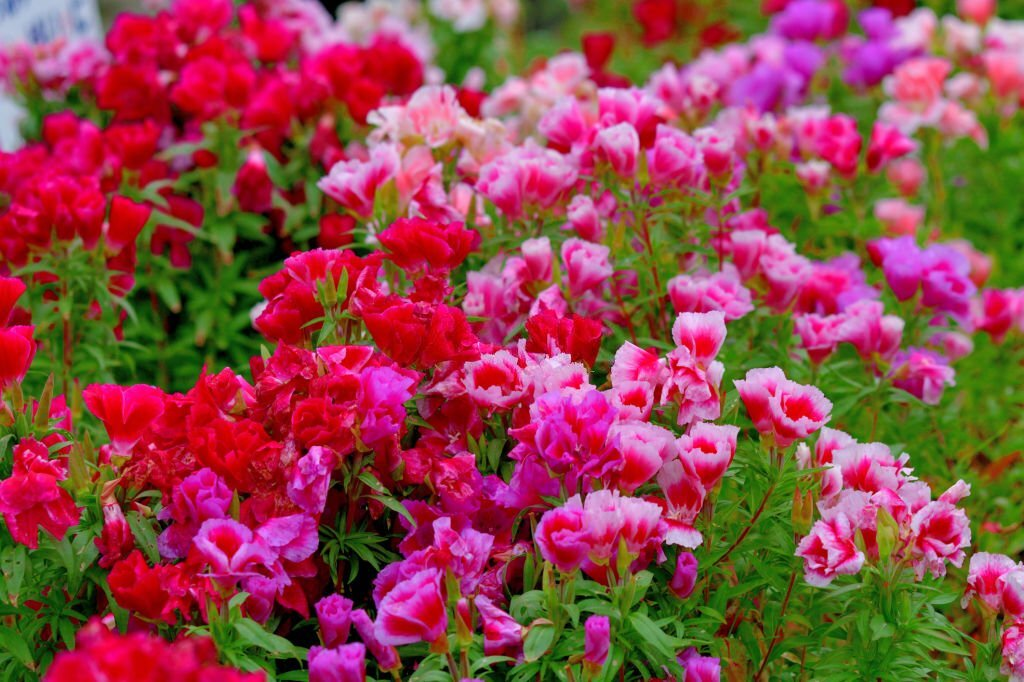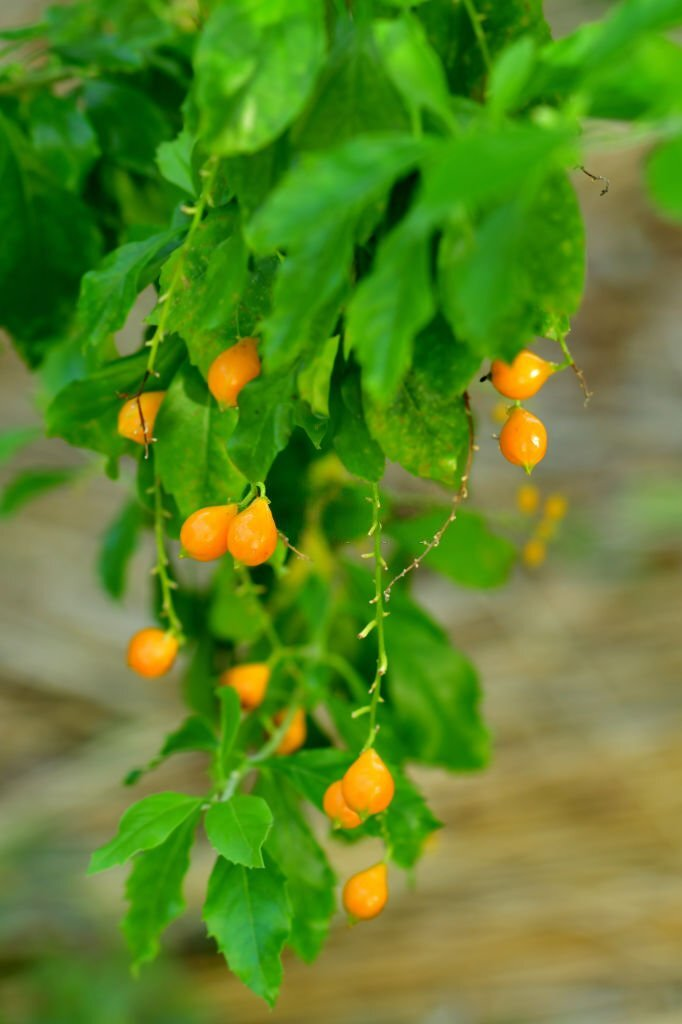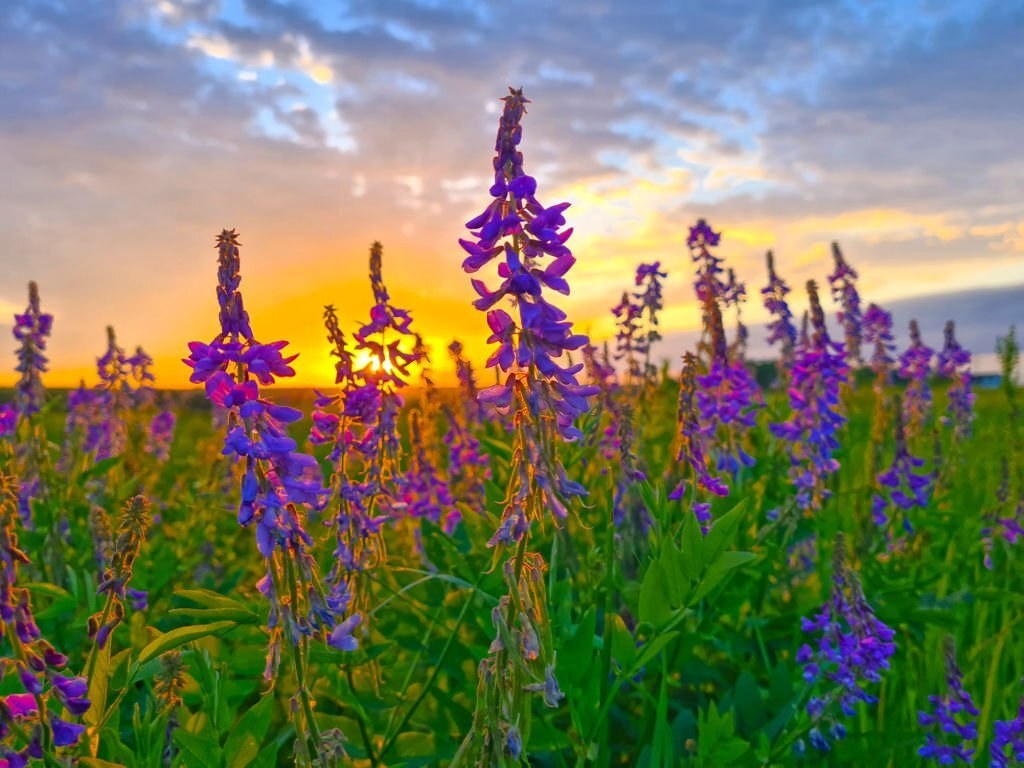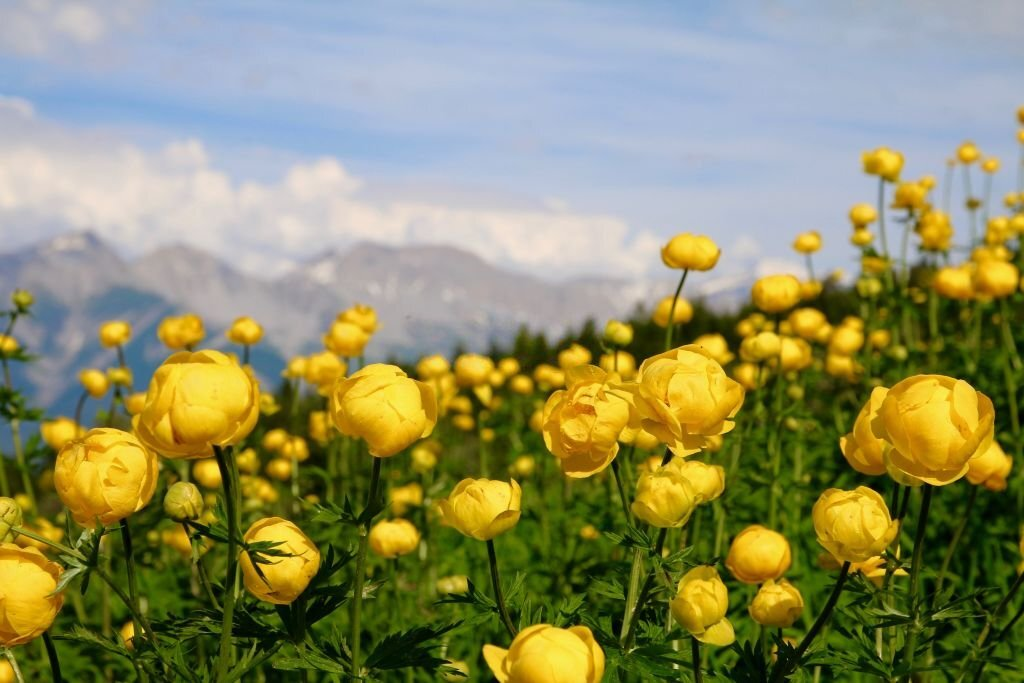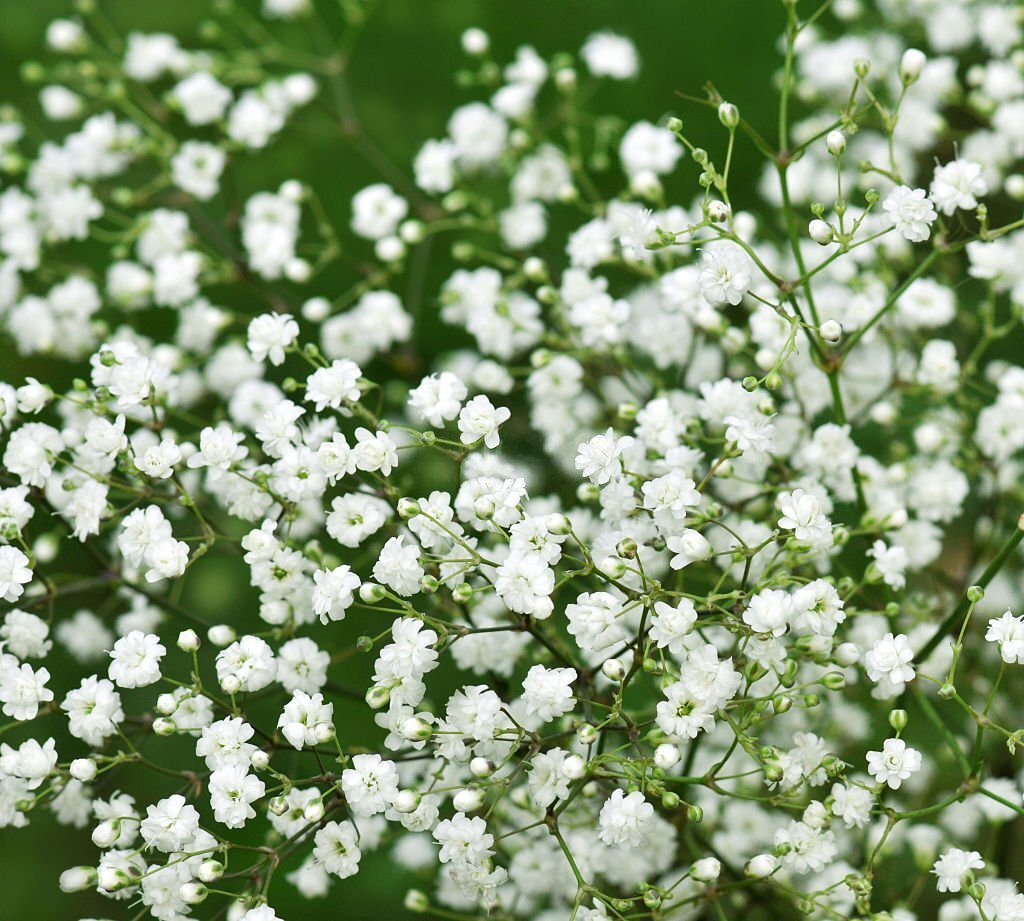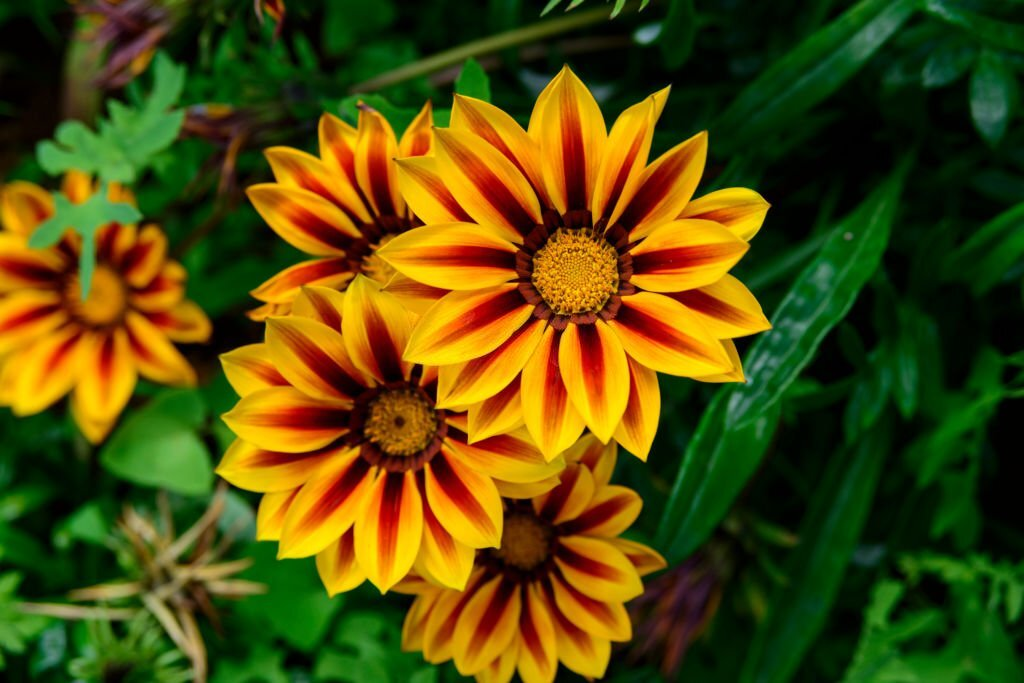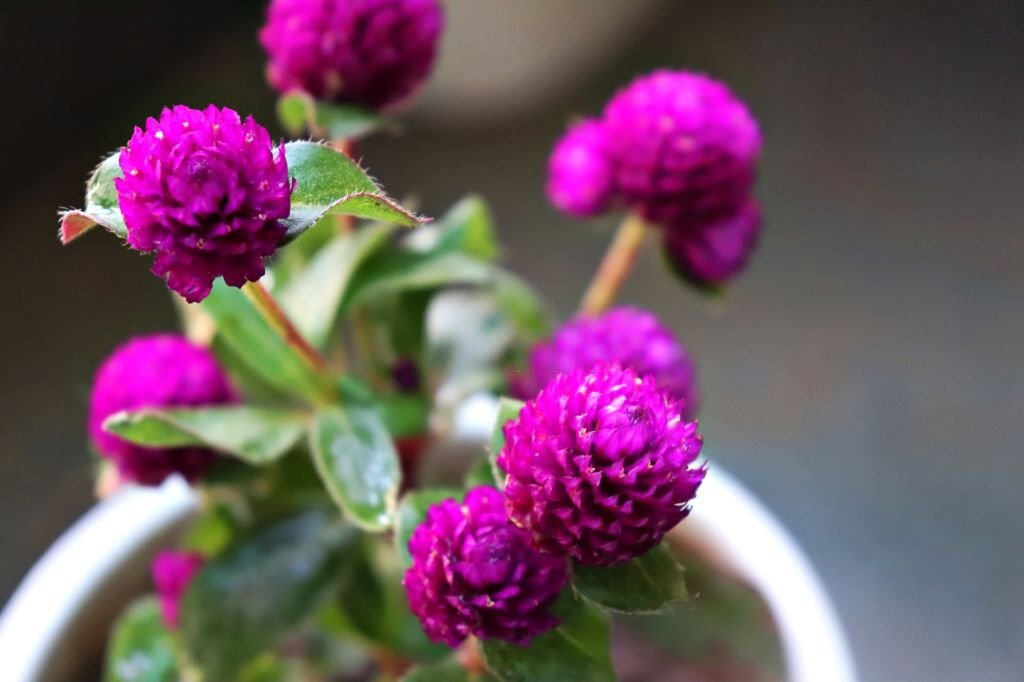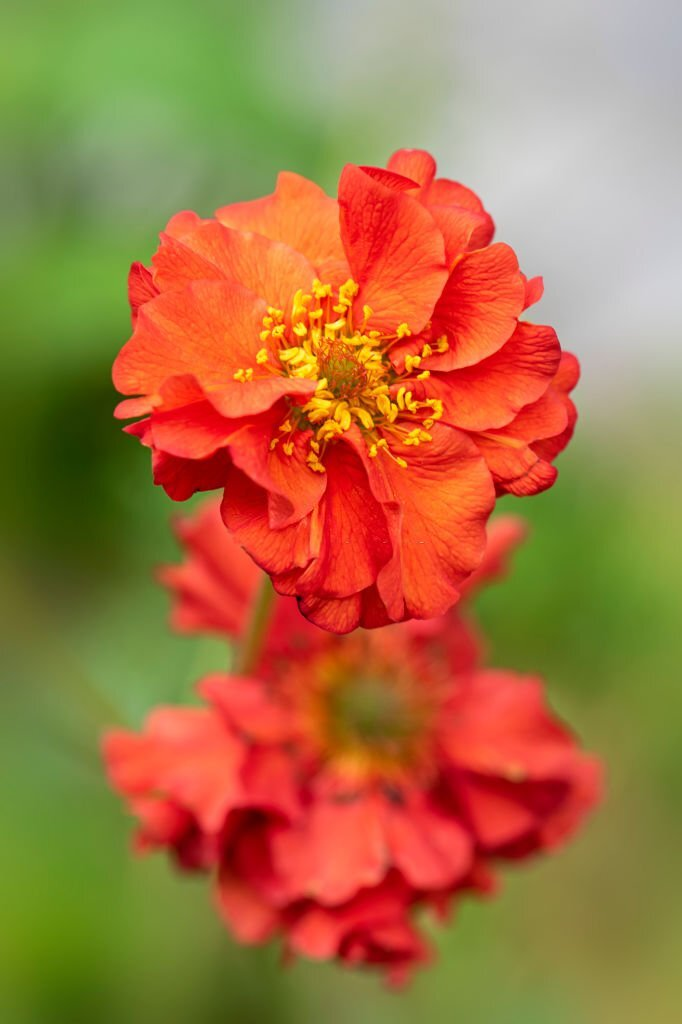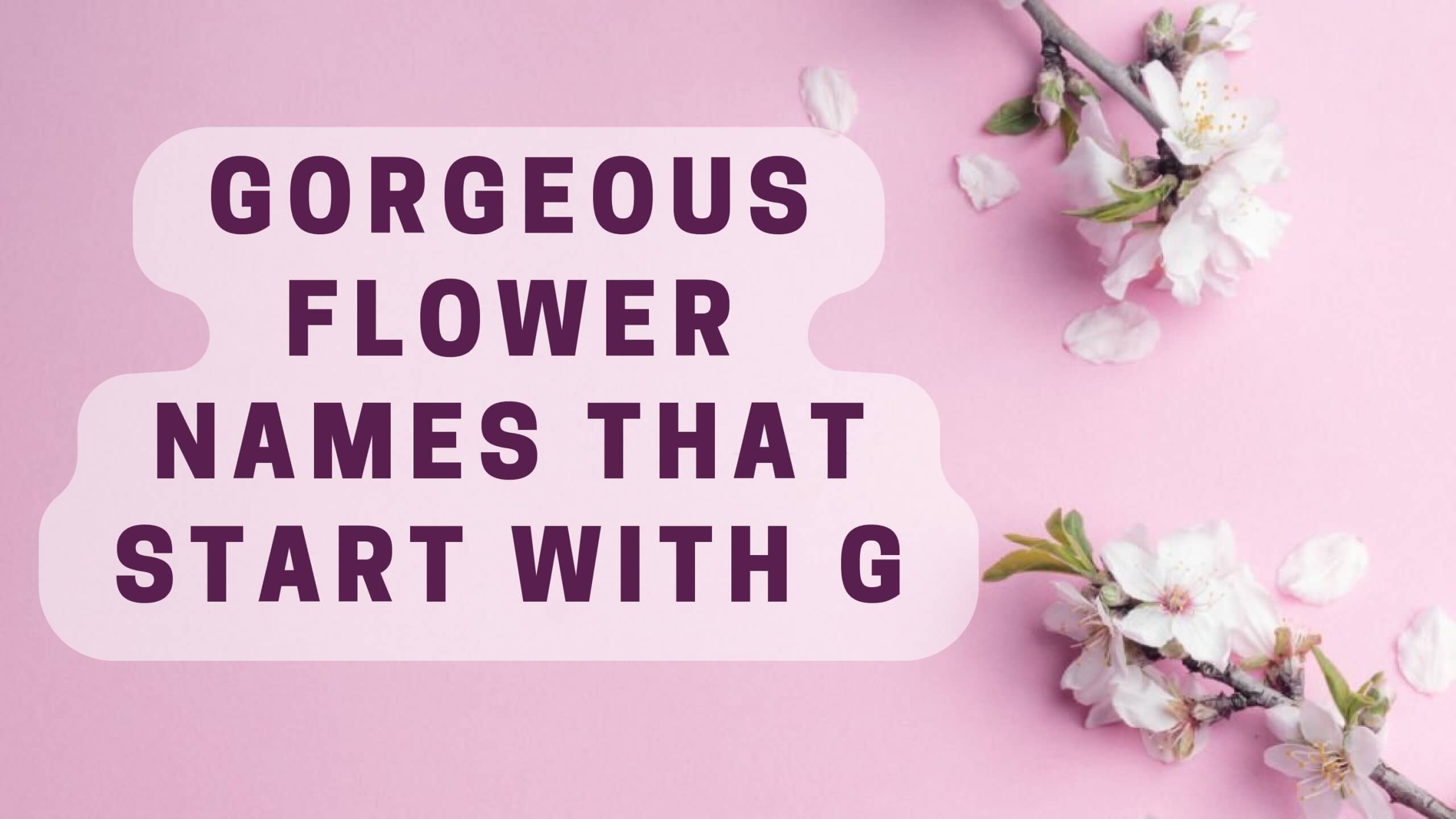
Garden Phlox
Garden phlox (scientific name Phlox paniculata) has a long flowering period and a wonderful aroma. It is popular among gardeners since it takes little maintenance and grows quickly. Garden phlox will continue to flower even after the first frost, so there’s no need to re-pot them for winter storage!
Green Strawberry Hedgehog Cactus
The Green Strawberry Hedgehog Cactus is an unusual-looking succulent species native to Mexico and parts of Central America. It gets its name from its bright green spherical shape that looks like a hedgehog covered in spines. It produces small white flowers when it blooms but only during the summer months. The plant is quite hardy and can tolerate low temperatures so it makes an excellent choice for desert or rock gardens.
Globe Amaranth
When thinking of flowers that start with G, Globe Amaranth is a popular choice. More commonly known as Bachelor’s buttons, Globe Amaranth has many different names throughout the world. Originating in Mexico and Central America, this unique-looking flower is an annual or short-lived perennial that thrives in full sun and well-drained soil. Globe amaranth has rigid, straight, branching stems that grow 1 to 2 feet tall and 1 foot broad.
The name comes from its bloom shape, which looks like a globe or round ball. It features small petals arranged to look like tiny stars inside its spherical formation. They come in various colors such as pink, purple, white, blue and red making them popular additions to gardens and bouquets. Not only are they aesthetically pleasing but they also have medicinal properties used for treating skin inflammation and wounds due to their anti-inflammatory compounds.
Garden Angelica
Garden Angelica is a flowering plant differentiated from other plants by its double compound umbel inflorescence containing dozens of little white flowers. Garden angelica flowers are about 1 inch across and have white petals that look like little stars radiating from the center. Garden Angelica grows well in full sun and wet soil conditions.
Golden Chamomile
Golden chamomile (scientific name: Anthemis Tinctoria) is one of the most eye-catching flowers that starts with G, and is a vibrant yellow species with delicate petals. Symbolizing strength and wisdom, this flower adds an extra special touch to any bouquet or garden setting. Golden chamomile is a kind of chamomile that is solid yellow. It’s only drought tolerant when it’s continually damp, but it can’t live in hot, humid climates like the southern United States.
The bright yellow hue of the Golden chamomile will definitely make a statement in your garden or vase arrangement. It’s also known for its healing properties and has been used as an herbal remedy since ancient times. The tiny flower heads have numerous health benefits, including stress relief, improved digestion, and enhanced sleep quality. Its sweet aroma can be enjoyed in teas or tinctures, while its colorful petals can be seen in gardens all over the world!
Golden Knee
There are several gorgeous blooms that start with the letter G. One of the most intriguing is Golden knee, a flower native to South Africa.
Golden knee (scientific name Chrysogonum virginianum)has an eye-catching yellow hue and a unique shape as its petals are shaped like a butterfly’s wings. The petals feature white veins and small golden spots at their centers, which gives them an even more unique appearance. This annual flower does best in dry, warm climates where it can receive plenty of sunlight and well-drained soil. It will bloom from mid-summer until the end of autumn, providing your garden or patio with plenty of cheerfulness during those months!
Gaillardia
Gaillardia, also known as Blanket Flower, is a genus in the sunflower family, Asteraceae. It is native to North and South America and was named for Maître Gaillard de Charentonneau, an 18th-century French enthusiast botanist. This genus has approximately 25 species. The plants produce bright-color flowers that bloom for a long time. Gaillardia is also an excellent choice as these cheerful daisy-like flowers thrive in sunny spots but will tolerate some light shade as well.
Grape Hyacinth
With their stunning purple blossoms, Grape hyacinth plants can be utilized as ground cover to naturalize an area of the garden. Grape hyacinth blossoms come in blue, purple, white, and yellow hues. Grape hyacinth prefers well-drained soil with little nutrient competition from other plants. They can be grown indoors near a window; however, due to the humidity inside houses, they will need to be watered frequently. Grape hyacinths should only be transplanted when absolutely necessary because they take several years to establish massive bulb clusters that produce large blooms.
Globe Thistle
The Globe thistle (Scientific name: Echinops ritro) is one such flower that has a special place in many gardens around the world. It produces tall stems full of spiny foliage and purple flowers at its peak bloom time. Its scientific name is Echinops ritro, but it’s also referred to as ‘globe flower’ or ‘blue thistle’ in some regions due to its distinctive color and shape. Globe thistles, sometimes called the blu globe thistle, is a species of flowering plant with a spherical shape. It belongs to the sunflower family.
Globe thistle makes a wonderful cut flower and may provide a lovely splash of color to any landscape or bouquet. Furthermore, if you want to attract pollinators to your yard, Globe thistle is a fantastic choice. The plant can adapt to several conditions, making it simple to care for. Globe thistle plants appear to be extremely dry, deer resistant, and an important source of sweetness for butterflies and bees, and their round blue blooms are appealing in the warmer months border.
Goats Beard
One of the most beautiful flowers that starts with G is Goats beard (Scientific name: Aruncus dioicus), which is also known by its scientific name, Aruncus dioicus. This perennial flower blooms in late spring, producing delicate white flowers on tall stems. Its foliage is fern-like and has an attractive grayish-green color. The pinnate clusters of filmy cream-colored thread-like flowers bloom from late May to mid-July on long, branching spikes above the leaves.
Goats beard looks great planted in borders along pathways or at the edge of flower beds. It’s also a popular choice for container gardens as it adds texture and height to small spaces. In addition, it makes an excellent cut flower, lasting up to two weeks in water! The flowers can be used in bouquets or dried for potpourri and other craft projects.
Gerbera Daisy
Gerbera daisy (Scientific name: Gerbera jamesonii) is the most popular flower name beginning with G. Gerbera daisies come in a variety of colors, including traditional white and yellow, as well as pink, orange, red, purple, and other vibrant colors. Because of its brilliant coloration and simple design, Gerbera jamesonii is a highly versatile flower choice for any garden or home interior. It also has a long flowering time, making it ideal for perennial gardens or bouquets.
Geranium
Geranium (Scientific name: Geranium maculatum) is generally the first flower that comes to mind when thinking about those starting with G. This flowering plant genus belongs to the Pelargonium family and can be both annual and perennial. They have long stems with single or double flowers in white, pink, red, or purple.
Gardenia
Gardenia (scientific name Gardenia jasminoides) is a tiny white blossom with a delectable scent that thrives in full sun. Sometimes it is also called as Cape Jasmine. They thrive in humid environments and do not handle drought well.
Goldenrod
Goldenrod (scientific name Solidago) is a low-maintenance flower that is ideal for adding color to your garden or home decor. It is available in both yellow and pink varieties, making it an excellent choice for adding variety to your landscape. Goldenrod is a flowering plant genus with approximately 100 species in the Asteraceae family. Plant goldenrod in full light for the healthiest stems and most beautiful blooms. It also requires moist but well-draining soil, however, it may endure drought once established.
Gooseneck Loosestrife
Gooseneck loosestrife (scientific name Lysimachia clethroides) is a perennial flower with bright colors, thick leaves, and long-lasting blooms. Gooseneck loosestrife gets its name from its shapely flower heads, which resemble a goose’s neck. Between late June and September, the blossoms range in hue from yellow to purple.
This robust plant grows best in moist soil with regular watering and thrives in full sun or moderate shade, making it perfect for landscapes near water features such as ponds or streams. The tiny leaves can grow to be three inches long or more, and the slender stems can grow to be two feet tall.
Gladiolus
Gladiolus, also known as “Glads,” is a genus of perennial cormous plants in the Iridaceae family. The “sword lily” is another name for this genus. Gladiolus plants, with trumpet-shaped flowers, are commonly found in South Africa, Asia, tropical Africa, and Mediterranean Europe. The plant can reach heights of 5 feet and produce a variety of colored flowers.
Godetia
Godetia (scientific name Clarkia hybrids) is an annual plant with colorful blooms in pink, purple, red, and white. Godetia has been a popular option in gardens since the early nineteenth century, and is also known as Farewell-to-Spring or Clarkia because of its likeness to the Clarkia genus of wildflowers.
The flowers bloom from spring through fall, making it an excellent addition to any garden all year! Growing Godetia is simple; simply provide lots of sunlight and water throughout peak growing season.
Golden Dewdrop
Anyone looking for a one-of-a-kind bloom might consider the Golden Dewdrop. This plant has bright yellow blooms that develop over the summer months in full sun or partial shade, making it easy to care for and attractive all year.
Goat’s Rue
Goat’s rue is an attractive flower and a herbaceous plant in the Fabaceae (legume) family with the scientific name Galega officinalis. This tall plant may grow up to four feet tall. It is native to Europe, Asia, and sections of North Africa, although it can also be found in North America.
The flowers are rich in nectar, which attracts both bees and butterflies, making them an ideal addition to a bee or butterfly garden! When it comes to smells, Goat’s rue has a faint vanilla scent. Goat’s rue thrives in open forests, glades, and grasslands, where it prefers full light and acidic, sandy soil.
Globe Flowers
Globe flowers are beautiful perennial wildflowers that bloom in the spring. The yellow flowers are formed like a ball, goblet, or globe, therefore the name. Globe flower plants are grown for dried flower arrangements commercially, but they can also be grown in your own yard. They require at least six hours of sunlight per day, as well as moist yet well-draining soil.
Globe flowers, which resemble an artistic interpretation of a buttercup, bloom in late spring and early summer with an abundance of vivid yellow flowers that attract bees and butterflies, among other pollinators. Although there are numerous Globe flower types with varied light requirements, all of them demand damp to wet soil. These European natives thrive in rain gardens, bogs, ditches, and along the edges of ponds or water gardens.
Gypsophila
Gypsophila is also known as Baby’s breath. The plant is popular in flower arrangements and is ideal for locations with little rain, as too much rain would cause root rot. Gypsophila is a genus of 100 flowering plants in the Caryophyllaceae family that is native to Africa, Eurasia, Australia, and the Pacific Islands.
Gazania
Gazania is a South African indigenous genus of warm-weather perennial plants. The species in this genus are often grown as annuals and are drought-tolerant. The species produces brightly colored, distinctively patterned daisy-like flowers; they are classified as annuals in temperate climes and short-lived perennials in warmer climates.
Gomphrena
There are Gomphrena species in the Amaranthaceae flowering plant family. The brilliant flower heads resemble clover rather than petals, and their bracts are tubular. They resemble strawflowers in that they are papery and rigid. Each bract bears a white or yellow flower that can be observed up close.
Geum
Geum, also known as Avens, is a small plant with several vividly colored flowers. The plant is drought-tolerant and likes cool climates, but it may adapt to warmer environments.
FAQ
✅What are the most popular g-flowering plants?
When it comes to gardening, g-flowering plants offer a unique and beautiful option. With their signature vibrant colors, they are one of the most popular choices for gardeners. These colorful flowers come in many varieties, each offering its own unique bloom size, shape and color. Gladioli is one of the most well-known g-flowering plants. This classic flower grows on tall spikes with up to eight florets per stem that come in several colors including pink, purple and white. Asiatic lilies are another popular option with large blooms that make a big impact in flower beds or containers. They come in orange, red and yellow as well as bicolor varieties such as pink and white or yellow and orange blends.
✅What are some of the benefits of growing a flowering plant beginning with the letter g?
Growing a flowering plant beginning with the letter G, such as Gladiolus or Gardenia, can be especially rewarding. Here are some of the benefits of growing these gorgeous flowers: First, they add beauty to any garden. With their bright colors and stunning shapes, flowering plants beginning with the letter G will take your garden from drab to fab in no time! They also provide food for beneficial insects like bees, butterflies and hummingbirds which help maintain balance in the environment. Second, caring for these plants provides an excellent form of relaxation. From planting the flower bulbs or seeds to watching them grow and blossom throughout their life cycle, this is a great way to de-stress after a long day at work or school.
